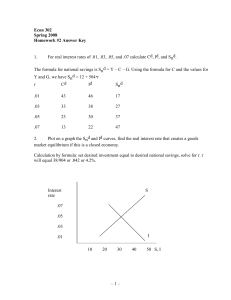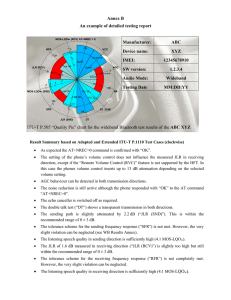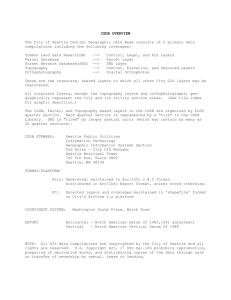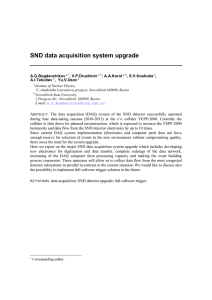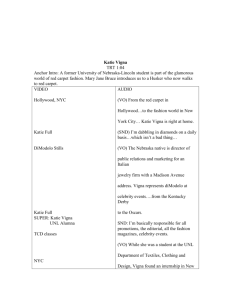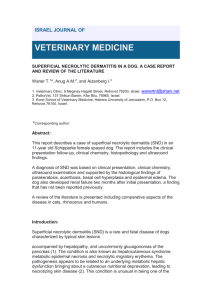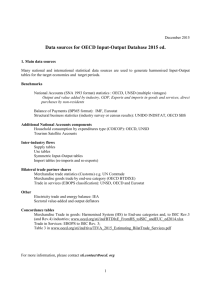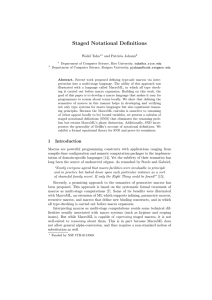Objective: Balance control under static and dynamic
advertisement
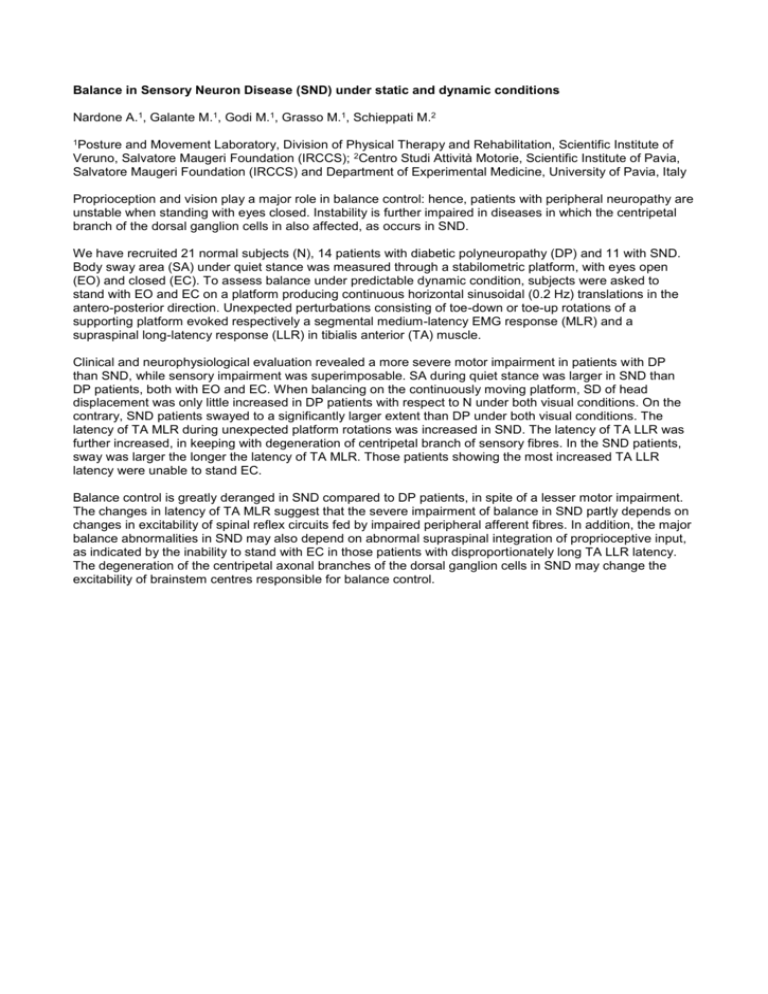
Balance in Sensory Neuron Disease (SND) under static and dynamic conditions Nardone A.1, Galante M.1, Godi M.1, Grasso M.1, Schieppati M.2 1Posture and Movement Laboratory, Division of Physical Therapy and Rehabilitation, Scientific Institute of Veruno, Salvatore Maugeri Foundation (IRCCS); 2Centro Studi Attività Motorie, Scientific Institute of Pavia, Salvatore Maugeri Foundation (IRCCS) and Department of Experimental Medicine, University of Pavia, Italy Proprioception and vision play a major role in balance control: hence, patients with peripheral neuropathy are unstable when standing with eyes closed. Instability is further impaired in diseases in which the centripetal branch of the dorsal ganglion cells in also affected, as occurs in SND. We have recruited 21 normal subjects (N), 14 patients with diabetic polyneuropathy (DP) and 11 with SND. Body sway area (SA) under quiet stance was measured through a stabilometric platform, with eyes open (EO) and closed (EC). To assess balance under predictable dynamic condition, subjects were asked to stand with EO and EC on a platform producing continuous horizontal sinusoidal (0.2 Hz) translations in the antero-posterior direction. Unexpected perturbations consisting of toe-down or toe-up rotations of a supporting platform evoked respectively a segmental medium-latency EMG response (MLR) and a supraspinal long-latency response (LLR) in tibialis anterior (TA) muscle. Clinical and neurophysiological evaluation revealed a more severe motor impairment in patients with DP than SND, while sensory impairment was superimposable. SA during quiet stance was larger in SND than DP patients, both with EO and EC. When balancing on the continuously moving platform, SD of head displacement was only little increased in DP patients with respect to N under both visual conditions. On the contrary, SND patients swayed to a significantly larger extent than DP under both visual conditions. The latency of TA MLR during unexpected platform rotations was increased in SND. The latency of TA LLR was further increased, in keeping with degeneration of centripetal branch of sensory fibres. In the SND patients, sway was larger the longer the latency of TA MLR. Those patients showing the most increased TA LLR latency were unable to stand EC. Balance control is greatly deranged in SND compared to DP patients, in spite of a lesser motor impairment. The changes in latency of TA MLR suggest that the severe impairment of balance in SND partly depends on changes in excitability of spinal reflex circuits fed by impaired peripheral afferent fibres. In addition, the major balance abnormalities in SND may also depend on abnormal supraspinal integration of proprioceptive input, as indicated by the inability to stand with EC in those patients with disproportionately long TA LLR latency. The degeneration of the centripetal axonal branches of the dorsal ganglion cells in SND may change the excitability of brainstem centres responsible for balance control.
